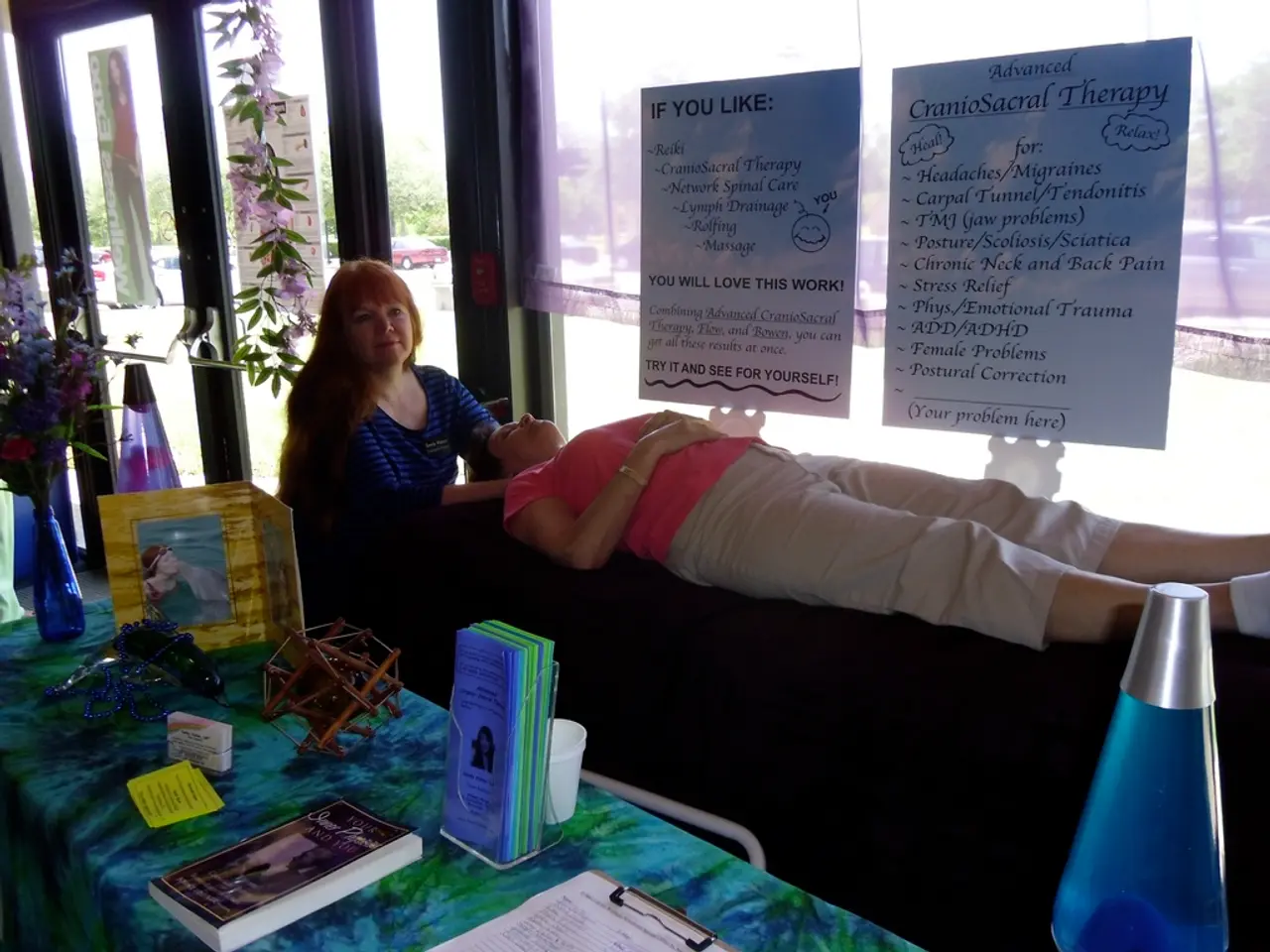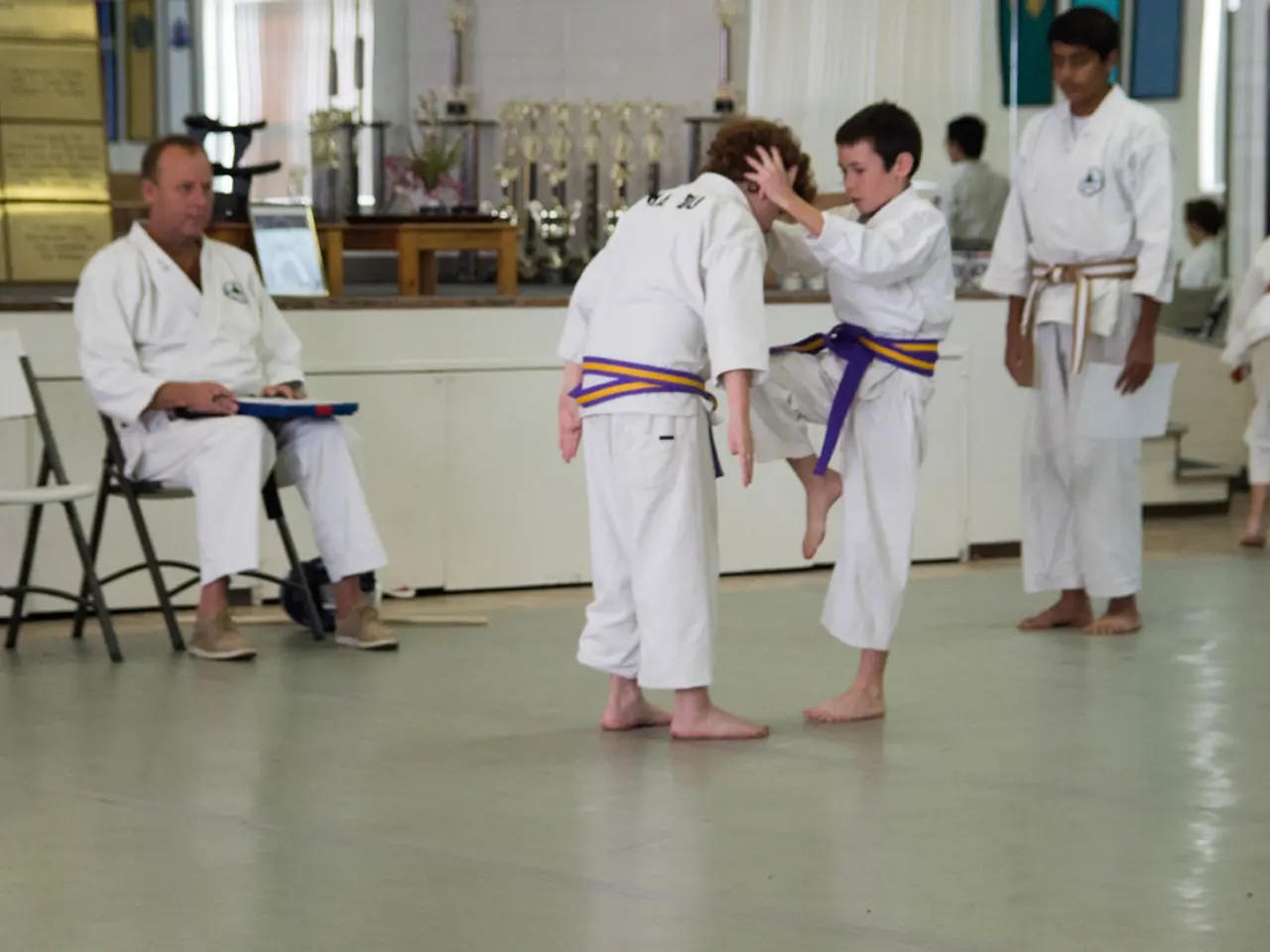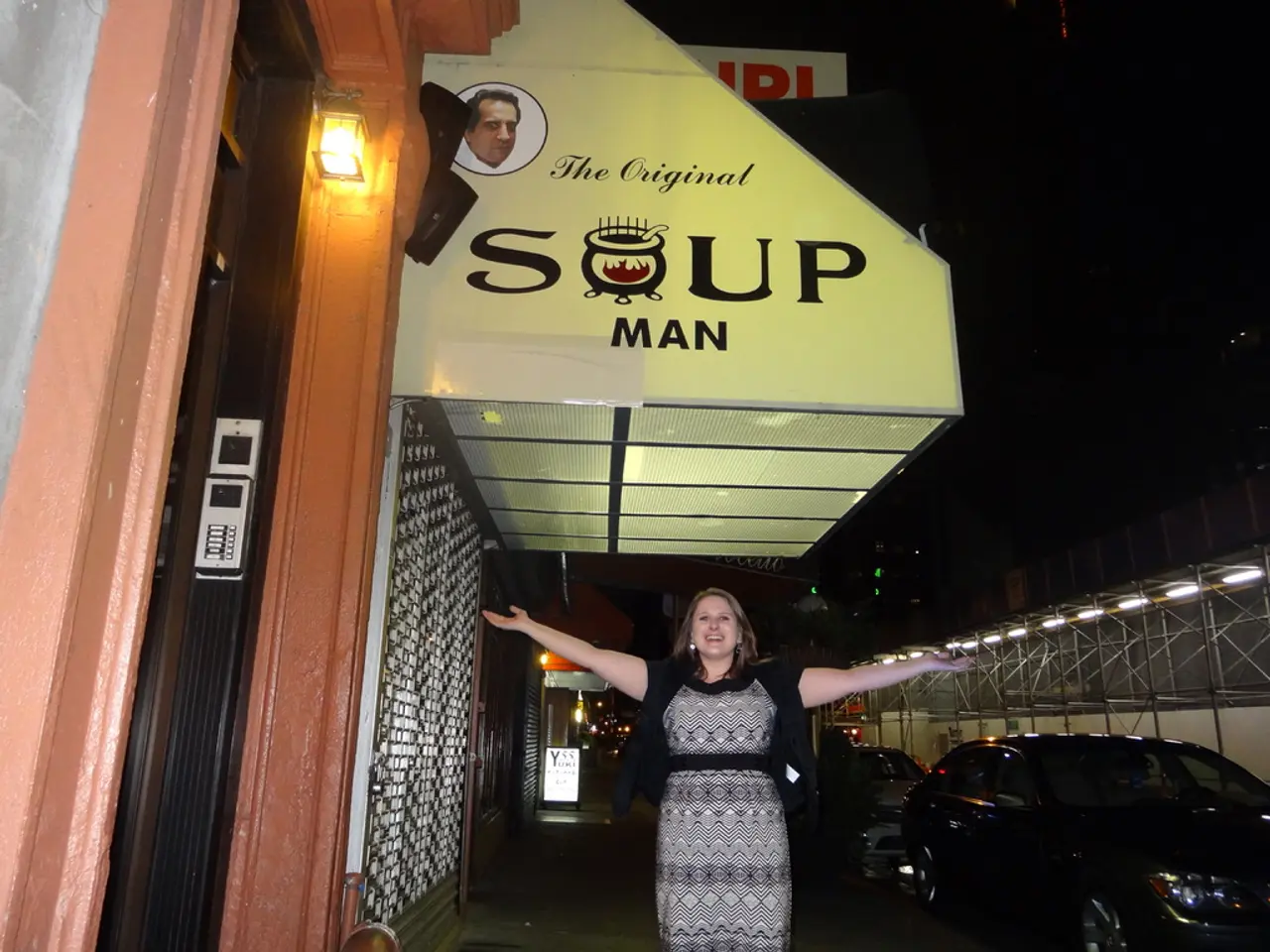Understanding Torsion Dystonia: A Neurological Disorder Causing Twisting and Repetitive Movements
Torsion Dystonia, a neurological movement disorder characterized by sustained muscle contractions, abnormal postures, and twisting movements, can significantly impact an individual's quality of life. However, a combination of medical interventions, therapies, and lifestyle changes can help manage the symptoms and improve overall wellbeing.
Medications are often the first-line treatment for Torsion Dystonia. Anticholinergics, such as trihexyphenidyl, help block brain signals that cause involuntary muscle activity. Muscle relaxants, like baclofen or diazepam, can reduce spasms and improve mobility. Dopaminergic agents, like levodopa, are used especially in dopa-responsive dystonia to dramatically reduce symptoms. The choice and dosage of medications are tailored and adjusted based on effectiveness and side effects.
Botulinum toxin (Botox) injections are a popular treatment for focal dystonias, including cervical dystonia (neck muscles). Botox works by weakening overactive muscles, reducing involuntary contractions and associated pain. Effects last around 3–4 months, requiring repeated injections. This treatment is non-surgical and effective for localized muscle groups but may offer only temporary relief and is less useful for widespread dystonia.
Deep brain stimulation (DBS) is a surgical option for severe cases of Torsion Dystonia. In this procedure, electrodes are implanted in target brain areas to regulate abnormal muscle activity. DBS is typically recommended when medications and Botox do not provide sufficient relief, especially in generalized or severe dystonia. DBS can provide long-term symptom improvement, reduce medication needs, but requires surgery and periodic device adjustments. Improvement usually occurs gradually over months post-surgery.
Physical and occupational therapy play a crucial role in managing Torsion Dystonia. Customized therapy programs include stretching, posture training, and adaptive strategies to maintain mobility, reduce stiffness, and improve functional abilities. Complementary therapies like yoga and tai chi can also help reduce muscle rigidity and promote flexibility.
In addition to medical interventions, psychological counseling and lifestyle advice, such as sleep hygiene, nutrition, and stress management, can support overall care. Speech therapy is beneficial for those experiencing speech difficulties due to muscle control issues, while occupational therapy can help individuals adapt their daily activities to manage symptoms effectively.
Support groups and organizations dedicated to movement disorders can provide valuable resources and community support for individuals and families affected by Torsion Dystonia. Diagnosing Torsion Dystonia can be challenging due to its varied symptoms and the overlap with other neurological disorders. The first step in diagnosing Torsion Dystonia is recognizing its symptoms, followed by a thorough medical history, physical examination, and possibly diagnostic tests such as electromyography (EMG), genetic testing, and brain imaging.
In many instances, the cause of Torsion Dystonia remains unknown, which is referred to as idiopathic Torsion Dystonia. A family history of dystonia or other movement disorders significantly increases the risk of developing Torsion Dystonia. Previous injuries or infections affecting the central nervous system may also increase the risk.
Treatment of Torsion Dystonia is personalized and often multidisciplinary. It commonly starts with medications and Botox injections, progresses to DBS if needed, and includes physical therapy to maximize function and quality of life. Selective denervation, another surgical procedure that involves cutting specific nerves to reduce muscle contractions, is another treatment option in some cases.
[1] National Institute of Neurological Disorders and Stroke. (2021). Torsion Dystonia Fact Sheet.
Science shows that treatment of Torsion Dystonia is personalized and often multidisciplinary, encompassing medical-conditions like medications, botulinum toxin (Botox) injections, deep brain stimulation (DBS), and physical therapy for managing symptoms and improving health-and-wellness. Neurological-disorders such as Torsion Dystonia can be challenging to diagnose, requiring a thorough examination and possibly diagnostic tests, but resources and support are available through organizations specialized in movement disorders.




